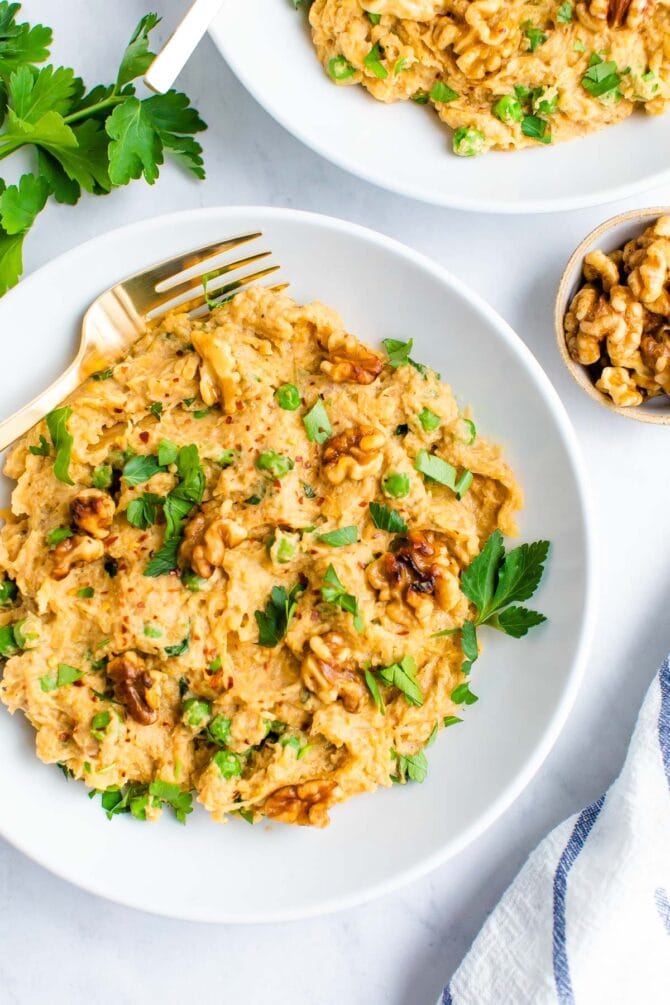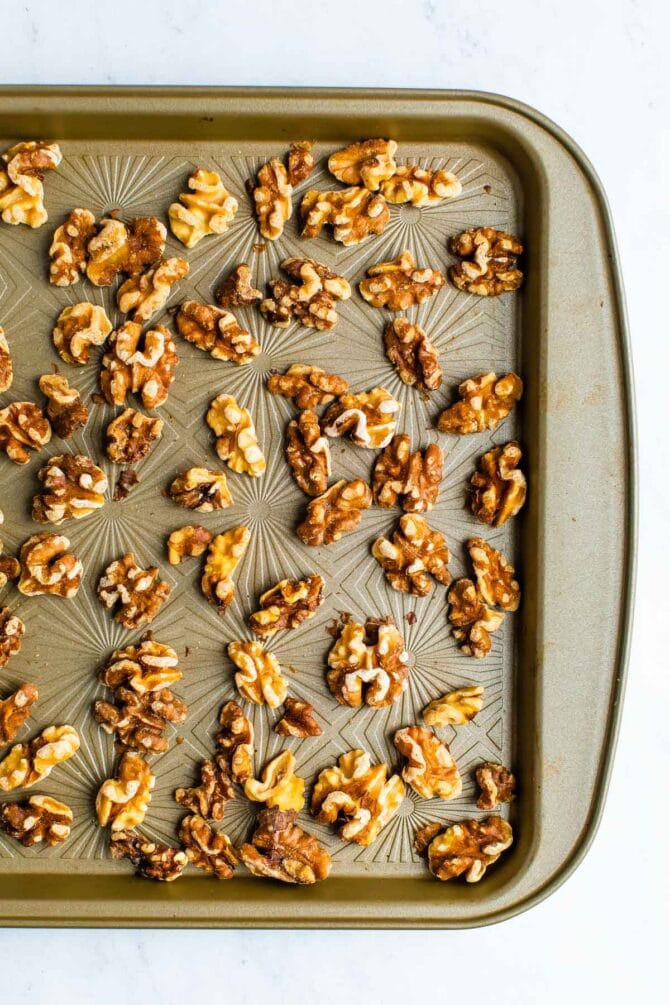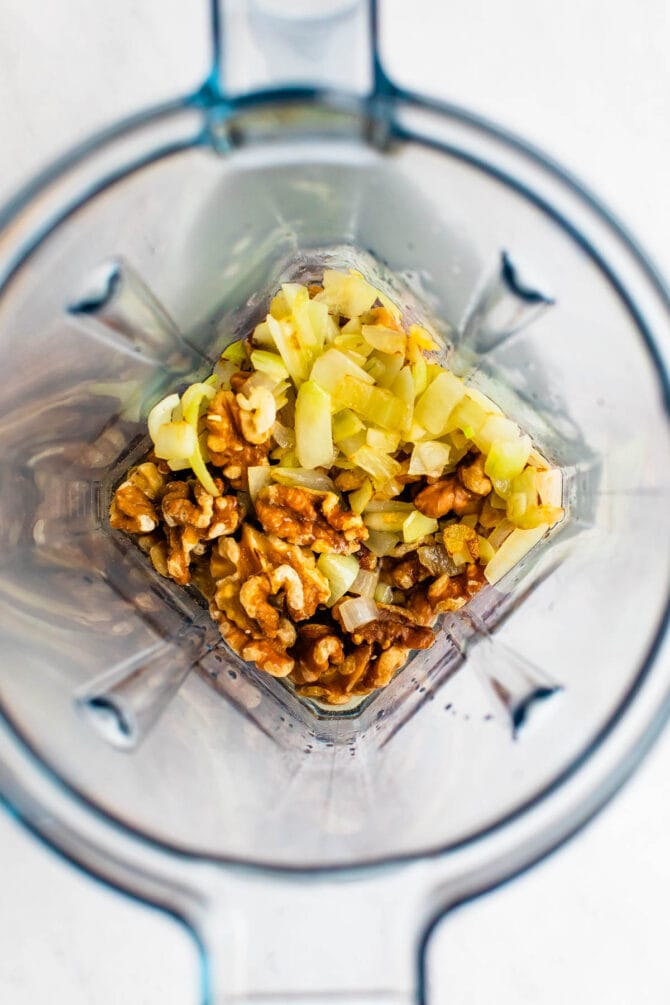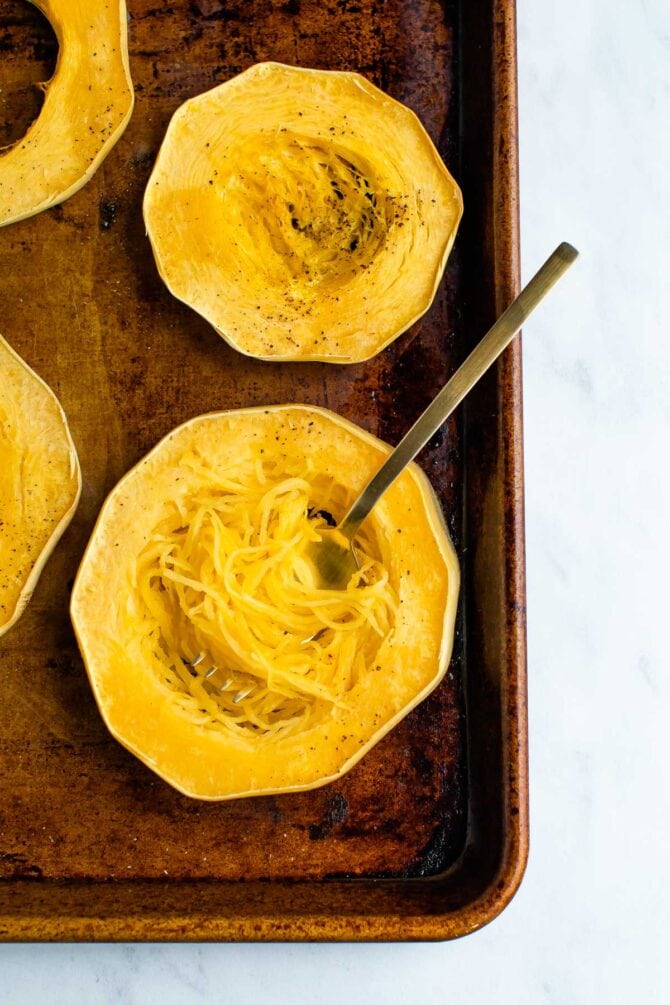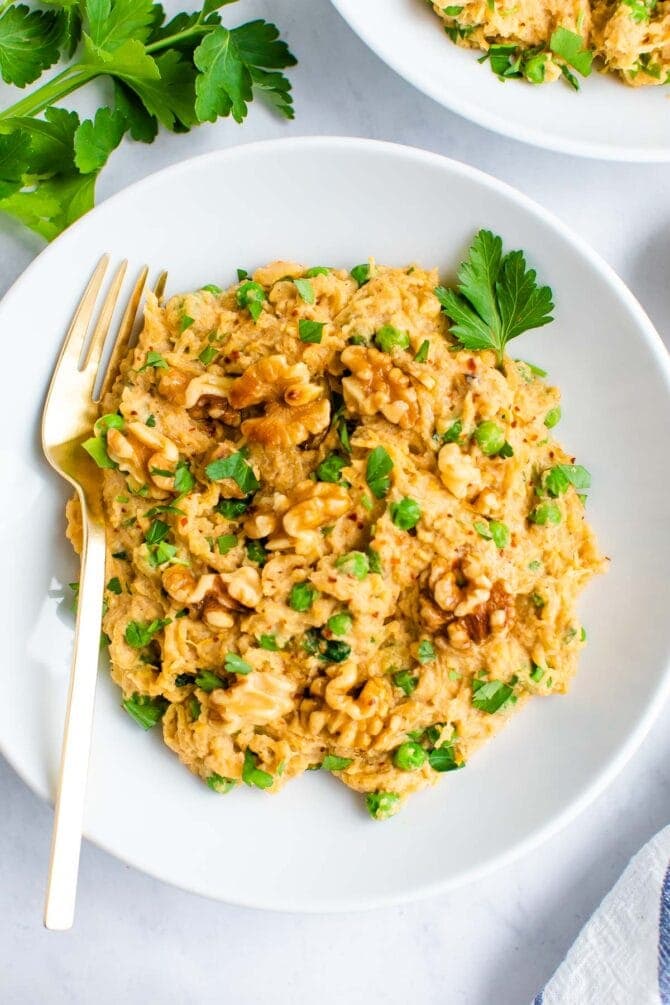4.72 12 Published Apr 07, 2021, Updated Sep 23, 2022 Meals like this are my jam… easy, flavorful and loaded with nutrients.
Plant-Forward Eating
While I don’t put labels on my eating style, I would say my food philosophy is all about real food, with a flexitarian and plant-forward focus. It’s a balanced approach that works for me and something I’m personally really passionate about. In a world of restrictive diets that often recommend eliminating entire food groups, it’s awesome to know that something as simple as adding more plants can be super beneficial for our health. Unlike a vegan or vegetarian approach, a plant-forward diet showcases vegetables, fruits, legumes, seeds and grains, but does not necessarily eliminate animal-based foods. Low-fat milk and dairy products, seafood, lean meat, poultry and eggs are also key to this balanced eating pattern and complement plant foods deliciously and nutritiously.
Health Benefits of a Plant-Forward Diet
The best part is that you don’t have to be strictly vegan or plant-based to see health benefits. Strong evidence over several decades shows that adopting a plant-forward diet may promote the following:
Overall health with a reduced risk of all causes of mortality including cardiovascular disease and cancer. 1Improved gut health, which is the starting place for many other benefits, such as a healthy immune system and overall health.Improved mood – Eating more fruits and vegetables can help you feel happier, less depressed, and more satisfied!Weight management – the antioxidants and fiber in whole grains, fruits and vegetables tend to promote satiety or feelings of fullness which can help with weight loss.
1 Kim, H.et al. (2019). Plant-Based Diets Are Associated With a Lower Risk of Incident Cardiovascular Disease, Cardiovascular Disease Mortality, and All-Cause Mortality in a General Population of Middle-Aged Adults. Journal of the American Heart Association, 8(16), e012865-e012865. https://doi.org/10.1161/jaha.119.012865 Want to learn more? Head to the California Walnuts Plant-Forward section of their website or check out the Plant-Forward Eating Guide.
Eating More Plants
If you think eating more fruits and vegetables means snacking on raw veggies and adding a side of steamed brussels to your dinner, think again. There are so many fun ways to eat more plants… which is what inspired this recipe! This walnut pasta sauce is a great example of a creative way to incorporate more plants into a meal. You normally wouldn’t think to use walnuts as the protein source in a pasta sauce, but this turned out so delicious! The walnuts add an amazing depth of flavor, plant-based protein (4g per serving!), good fat and loads of creaminess. I kept this recipe completely plant-based, but if you want to add a little cheese as a topping or serve with a lean protein like tuna or grilled chicken, go right ahead. I actually added some canned tuna to the leftovers, and it reminded me of a tuna noodle casserole! It was so good!
Walnut Nutrition
Did you know that nuts are considered plants and are an important part of a plant-forward diet? Yup, and they pack quite the nutritional punch! Walnuts in particular provide protein, fiber and magnesium. One ounce of walnuts has 4g of protein, 2g of fiber and 45mg of magnesium. They’re also the only nut with an excellent source of essential plant-based omega-3 ALA (2.5 grams per ounce). Omega-3 ALA (alpha-linolenic acid) has been associated with benefits for heart health, brain health and inflammation.
Walnut Pasta Sauce Ingredients
Here’s what you’ll need to make the creamy walnut sauce:
walnuts – the star of the show! I used shelled, California walnuts which you can find at your local grocery store in the produce or baking section.olive oil – you could also use avocado oil if you want.garlic cloves and yellow onion – I love using onion and garlic as a flavor base for savory recipes! These two are key flavors in the creamy pasta sauce.water – to thin out the sauce a bit!nutritional yeast – used in a lot of vegan recipes to duplicate a nutty, cheesy flavor. It’s also packed with nutrients! It’s a great source of protein, B vitamins and trace minerals.dried parsley – I love the additional of dried parsley but you can experiment with different dried herbs if you’d like!salt and pepper – to season the pasta sauce and bring all of the flavors together.
How to Store Walnuts
When researching for this post, I learned this new tip: Walnuts shouldn’t be stored at room temperature. The best place for storing walnuts is in your fridge or freezer. The refrigerator is great if you’re planning to use them right away, but the freezer is best for long-term storage. They should last up to a year in the freezer! I recommend storing walnuts in a mason jar or another airtight container. Walnuts can absorb the flavors of other foods, so this makes sure your walnuts don’t end up tasting like broccoli!
How to Make Spaghetti Squash Noodles
If you’ve never made spaghetti squash noodles, you’re in for a treat! I’ve shared two fool-proof methods to cook spaghetti squash: in your oven or using a pressure cooker! Both options are great, it just depends on what kitchen appliances you have and want to use.
More Plant-Forward Recipes to Try
Cauliflower Alfredo SauceLima Bean HummusBaked Sweet Potato ChipsSpaghetti Squash Pizza CrustHealthy Guacamole with Frozen Peas
Popular Plant-Based Dinners
Zucchini Noodle Fettuccine AlfredoVegan Pesto Pasta SaladTofu Pumpkin CurryBlack Bean Sweet Potato BurgersSriracha Cauliflower and Chickpea Sheet Pan MealVegan Bolognese SauceVegan Red Beans and Rice
Be sure to check out all of the vegan recipes and the full collection of dinner recipes on EBF!
